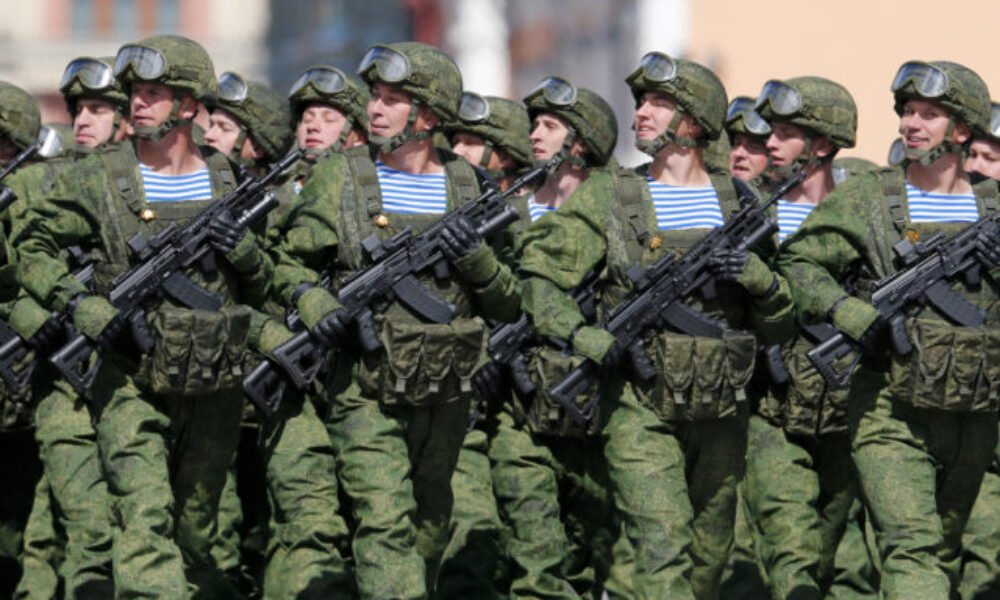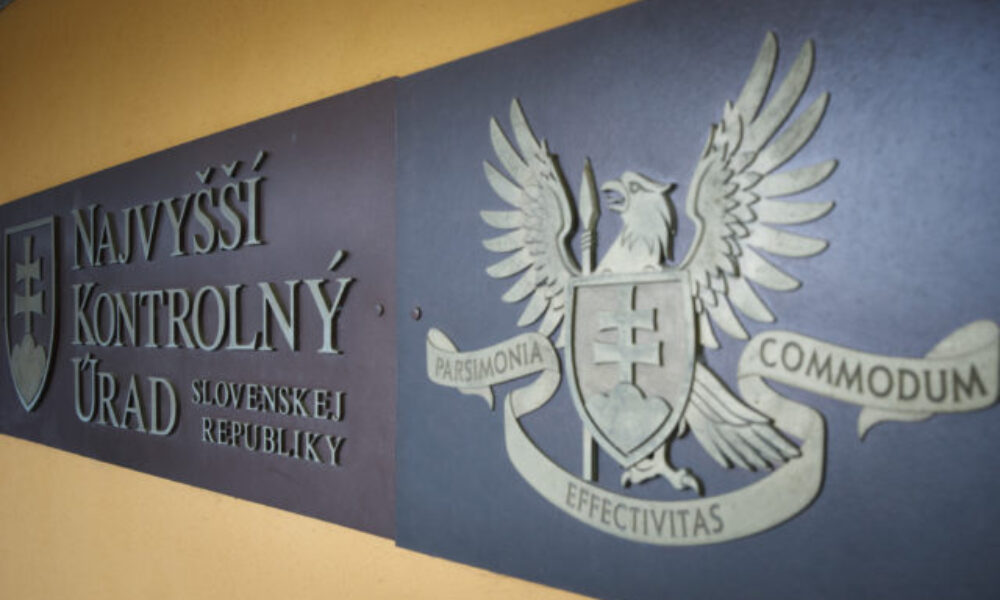
Ahead of winter, Russia has resumed its strikes against Ukrainian civilian infrastructure, and Ukraine remains nearly defenceless against ballistic missile attacks. Over the past two days, Zelensky and Trump have spoken twice about Tomahawks and air defence systems — yet no official decisions have been announced.
Meanwhile, Ukraine’s cruise-missile pioneer Fire Point is already producing and delivering 2–3 Flamingo missiles and roughly 100 FP-1 long-range drones per day. The FP-1s are considered the cheapest and most effective drones in their class.
In this edition:
-
“We Can Already Turn the Cheapest FPV into a Super-Smart Drone”: Sine.Engineering;
-
Inside Fire Point: Drones, Missiles and Politics. Summary of the Interview;
-
Inside the Kill Zone: How Modern Frontlines Really Look in Ukraine;
-
Brave-Norway Defence Partnership;
-
and 20+ other developments in Ukraine and Russia.
Thanks to my persistence — and a bit of luck — I secured several important, exclusive interviews with top experts and producers. I’ll release them one by one over the coming weeks instead of the regular Drone Warfare in Ukraine issues. That is why in this edition you’ll see some drone-related updates as well.
Also, I’m continuing my fundraising campaign to buy fiber-optic equipment for my university friend serving in the Armed Forces of Ukraine. If you can, please help: PayPal.
Thank you for reading and supporting my work!
Foreign Military Aid and Direct Purchases
🇺🇸 Discussions about Tomahawks are still ongoing. The presidents of Ukraine and the United States have spoken at least twice about this and other issues over the past week.
According to Axios, Trump said that he has “sort of made a decision” about selling long-range Tomahawk missiles to NATO countries in order for them to be supplied to Ukraine. Also, he wants to know what the Ukrainians plan to do with the missiles before he supplies them.
However, even if Ukraine receives these missiles, another problem remains: how to launch them. Ukraine does not possess the surface vessels, submarines, or ground-based systems that can fire them.
“A Tomahawk is launched from a tubular canister that can be mounted anywhere — on a vehicle or on the ground,” said Ukraine’s aviation expert Valeriy Romanenko. He added that the U.S. Marine Corps is retiring thousands of Typhoon launchers for these missiles, which the US could transfer or sell to Ukraine.
Romanenko clarified that one remaining obstacle to launching Tomahawks from Ukraine is the navigation-system software. “Here, Ukraine is completely dependent on its allies. If they give us that software, we will be able to launch these missiles from anything — a fixed ground launcher, a truck, and ultimately they could even be carried under an Su-24,” he said.
The possible supply of Tomahawk cruise missiles to Ukraine is causing serious concern in Russia, Kremlin spokesperson Peskov said. Peskov noted that the missiles have a long range and can be equipped with either nuclear or conventional warheads, but added that they would not change the situation on the battlefield.
Read my last week’s report on the Ukraine-U.S. relations update and Tomahawks.
In addition to that, Zelensky announced that the Ukrainian delegation will propose an agreement to the United States to buy air-defense systems and the HIMARS artillery system, together with modifications for ATACMS tactical missiles. Zelensky called these arms-purchase arrangements with the U.S. a “Mega Deal.”
Ukraine’s President stated that due to the cold weather, repelling of Russian night attacks dropped by 20%-30%, and added that Russia “intentionally waited” for bad meteorological conditions to target the power grid. He further shared that Ukraine is “still waiting on clarity” regarding 10 air defense systems promised by the United States.
Additional developments:
-
🇺🇸 The FT reports that the United States, for several months, has been assisting Ukraine in conducting long-range strikes against Russian energy facilities. According to multiple Ukrainian and U.S. officials familiar with the campaign, intelligence shared by Washington has enabled Kyiv to target key Russian energy assets, including oil refineries located far beyond the front lines.
This previously undisclosed cooperation has intensified since mid-summer and has played a crucial role in facilitating attacks that the Biden administration had earlier sought to discourage. Here is my report, “Ukraine’s Long-Range Drones Hit Russia’s Oil Network”.
-
🇳🇱 The Netherlands will donate more than 150 THeMIS unmanned ground vehicles to Ukraine. Deliveries are expected to begin by the end of 2025 and will be carried out by Milrem Robotics Netherlands, in close cooperation with Dutch defense manufacturer VDL Defentec.
Also, the Netherlands allocated a €200 million aid package to procure counter-drone systems for Ukraine. In addition, €110 million will be invested in the joint production of long-range strike drones.
-
🇸🇰 For the first time since Prime Minister Robert Fico returned to power in October 2023, Slovakia has announced new military aid for Ukraine: the 14th support package, which supplies engineering assistance and mine-action capabilities.
Slovakia was an early contributor after Russia’s full-scale invasion in 2022, providing 13 MiG-29s, S-300 and two Kub air-defence systems, large quantities of ammunition, and 30 BMP-1 IFVs (transferred via a circular exchange with Germany). Military transfers were suspended after Fico’s government took office in late 2023.
“We Can Already Turn the Cheapest FPV into a Super-Smart Drone”: Sine.Engineering
Sine.Engineering is a Ukrainian company that develops and manufactures high-tech modules and components to ensure stable communication and navigation of UAVs. Their CEO, Andriy Chulyk, said in an interview with DOU that the most important technologies for UAVs are navigation, communications, and autonomy. He added that, based on current trends, it will take at least ten more years of work to bring these systems to maturity.










